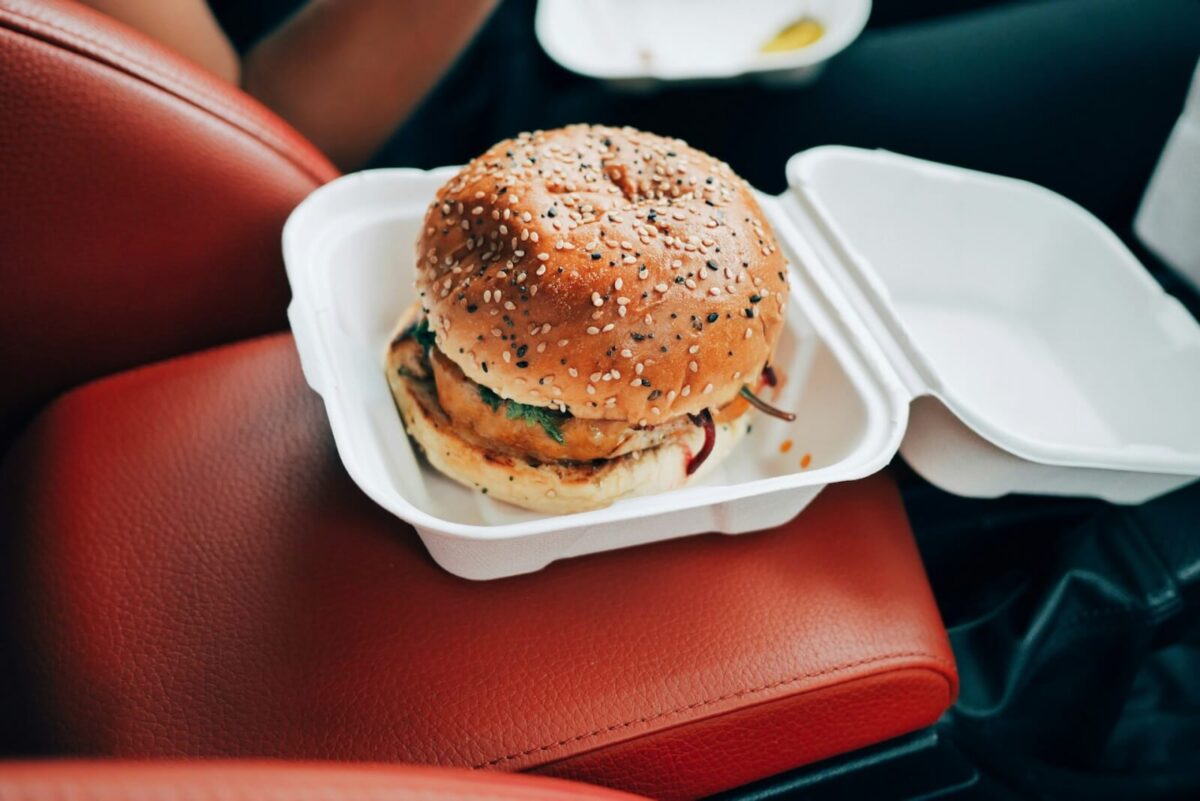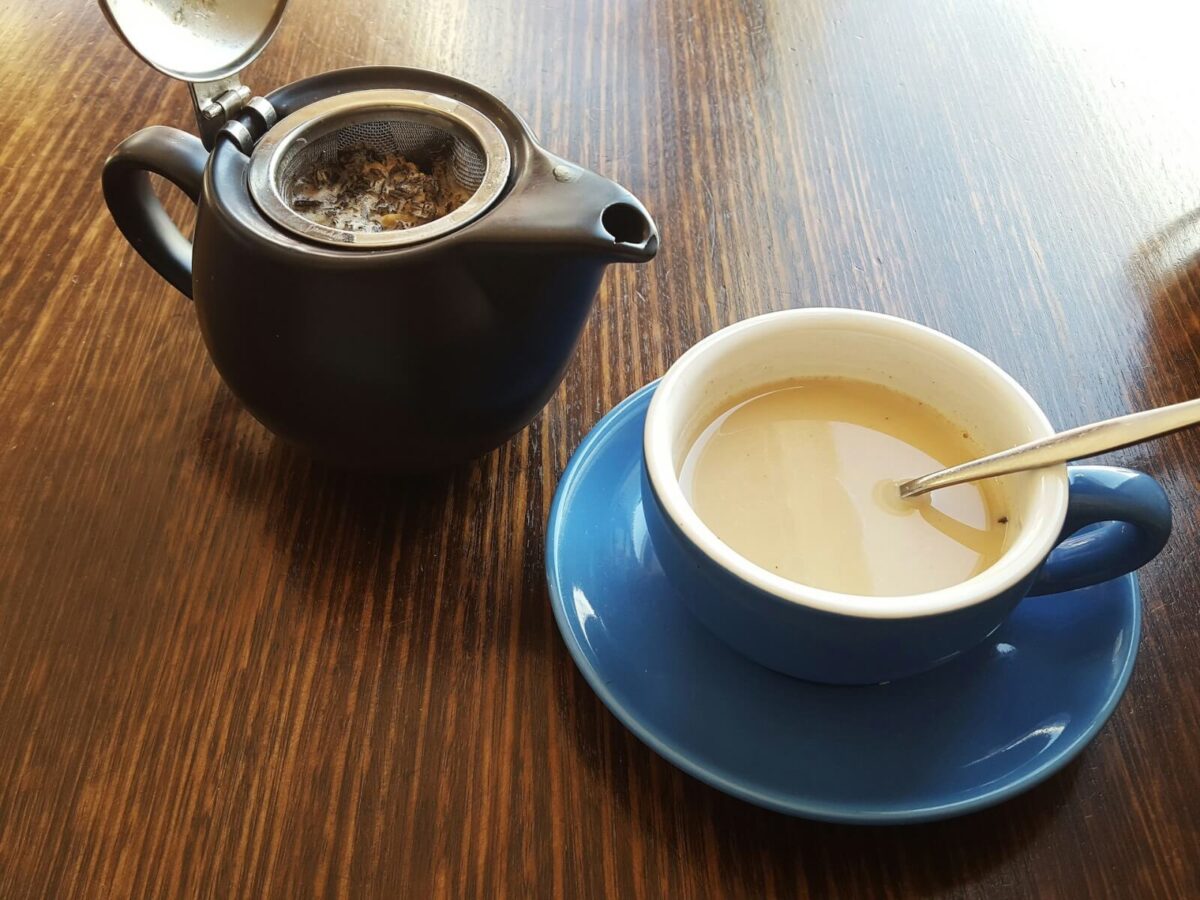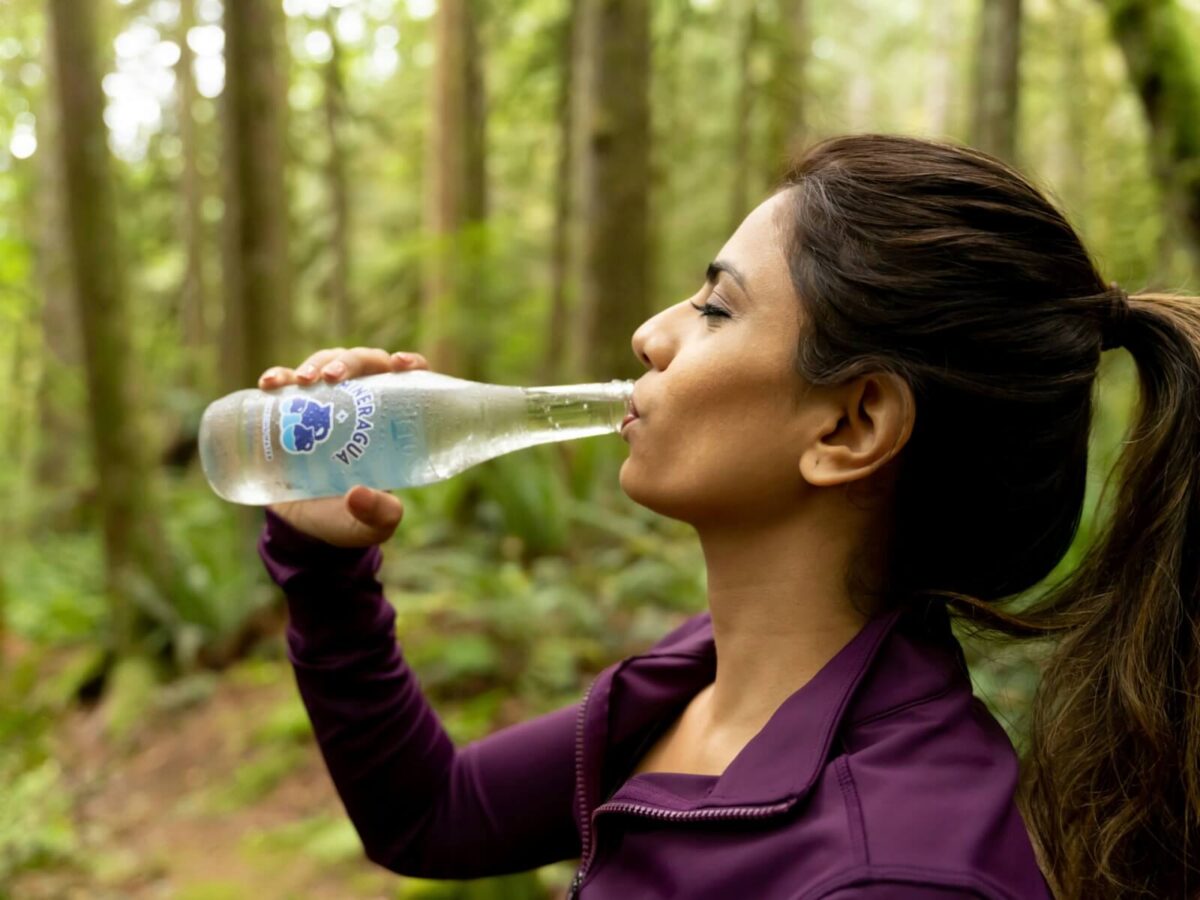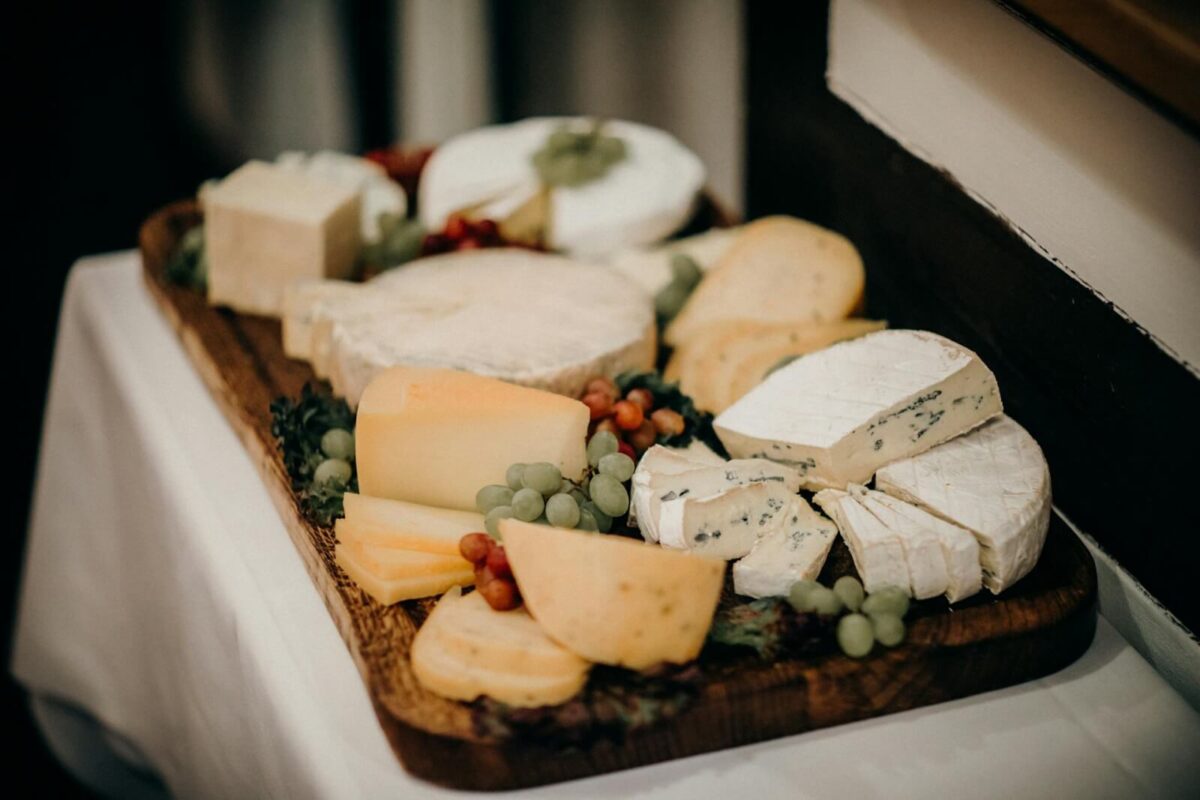Hey friends! If you’re looking to gift health and happiness this Christmas, you came to the right place. Choosing a healthy Christmas gift is a thoughtful way to show you care, and there are so many amazing options out there to encourage a lifestyle that supports wellness and balance.
Whether you’re shopping for a friend who’s already into fitness or a special someone looking to start a health journey, these gifts make it easy to spread a little extra holiday cheer in a healthy way.
1. Reusable Water Bottle with Infuser
Hydration is key to a healthy lifestyle, and a reusable water bottle makes drinking water simple and stylish. For a little extra flair, look for one with an infuser so they can add fresh fruit or herbs. This makes drinking water more enjoyable and helps cut down on single-use plastics. Look for bottles that are BPA-free or made from glass or stainless steel.
2. Healthy Snack Subscription Box
Who doesn’t love a snack? A healthy snack subscription box is a fun way to keep them stocked up on nutritious munchies. Many subscription boxes offer organic, vegan, and gluten-free options, perfect for anyone with dietary preferences. This healthy food gift keeps on giving as it arrives every month (or whenever the selected delivery options allow) on the lucky recipient’s porch, delivering savory and sweet gourmet foods and guilt-free treats that align with their wellness goals.
3. Yoga or Fitness Class Pass
For friends who love to get moving, a pass to a local yoga or fitness studio can be an amazing gift. Classes offer a sense of community, instruction, and motivation that’s hard to beat. Whether they’re into yoga, Pilates, spin, or high-intensity interval training, a gift card to a studio or gym gives them the flexibility to try something new.
Better yet, buy one for you and your best bud, especially if they aren’t someone who loves to work out. That way you can both reap the benefits of exercise and keep one another accountable.
4. Blender for Protein Shakes and Smoothies
A personal blender is perfect for anyone who loves smoothies and protein shakes. It’s quick, convenient, and perfect for on-the-go breakfasts or post-workout protein shakes. Many models are compact and come with a to-go cup, making it super easy to blend and head out the door. A blender also opens up possibilities for homemade soups and sauces, adding versatility to their kitchen.
5. Quality Sleep Mask to Support More Restful Sleep
Quality sleep is so important for overall health, but it’s often overlooked. A plush, comfortable sleep mask can help better sleep quality, especially if it’s designed to block out all light for uninterrupted rest. Look for options made with silk or cotton for breathability and softness, and consider masks with adjustable straps for a perfect, cozy fit.
6. Herb Garden Kit
An herb garden kit is a unique gift that combines wellness and sustainability. Fresh herbs add flavor and nutrients to meals, plus growing them is a relaxing activity that brings a touch of nature indoors. Many gardening packages come with all the essentials, like soil, seeds, and jars, so they can easily grow herbs like basil, mint, and rosemary right in their kitchen.
7. Massage Gun or Foam Roller
Recovery is a huge part of any fitness routine, and a massage gun or foam roller can be a game-changer. Massage guns provide deep muscle relief, ideal for the people in your life who train regularly or experience muscle tightness. Foam rollers, on the other hand, are a gentle way to ease out tension and improve flexibility. Either gift is a thoughtful way to help them feel great and keep moving while indulging in a little extra relaxation.
8. Mindfulness or Guided Journals
A guided journal is a wonderful tool for self-reflection and stress relief. Many guided journals offer prompts for gratitude, self-care, and goal-setting, helping them focus on wellness from the inside out. It’s a thoughtful way to encourage a daily habit that promotes mindfulness and well-being.
9. Healthy Cookbooks
Healthy cookbooks are an inspiring gift for anyone looking to try new recipes or improve their nutrition. There are so many options—from plant-based cooking to high-protein meals to delicious smoothies. Choose one that aligns with their dietary preferences, whether they’re interested in going vegan, exploring keto, or just looking for easy weeknight meals.
10. Fitness Tracker
If they’re always on the go or love tracking their progress, a fitness tracker could be a perfect gift. Many models monitor steps, heart rate, sleep quality, and even stress levels, offering a full view of their daily wellness. Look for a model that connects with their phone for easy access to all their stats.
11. Subscription to a Meditation App
Meditation has so many health benefits, and a subscription to a meditation app can make it easy for them to develop a daily practice. Apps like Headspace, Calm, and Insight Timer offer guided meditations that help with everything from reducing stress to improving focus. It’s a thoughtful way to give the gift of calm.
12. Reusable Produce Bags
Help them go green with reusable produce bags! This is a small but impactful gift for anyone who loves fresh, healthy food and wants to reduce their plastic use. Most reusable produce bags are washable and made from breathable materials, keeping fruits and veggies fresh while reducing waste.
13. Superfood and Protein Powder Mixes
For a health boost in any drink, superfood powder mixes are a convenient option. You can find mixes with greens, adaptogens, protein, or even collagen. They make a great addition to smoothies, coffee, and even baking.
If you’re not sure about which protein powders to buy, don’t worry! My guide to the best protein powders for weight loss is sure to help shoppers find something for even the pickiest recipients.
14. Gift Card to a Local Health Food Store
Sometimes the best gift is the one that lets them choose. A gift card to a local health food store gives them the chance to pick up their favorite supplements, healthy snacks, or organic groceries. It’s a thoughtful holiday gift to support their health and wellness journey and give them the flexibility to shop for items they truly love.
15. Lifelong Metabolic Center Weight Loss Program
If you know someone who’s struggled with weight loss throughout their life, I’ve got you covered. My Lifelong Metabolic weight loss program is available for anyone, anywhere, anytime. It’ll take their weight loss journey to the next level. And what better gift is there than knowing that the person receiving this gift will live a healthier, better life? It’ll truly be something to treasure for years to come.
Schedule a consultation today!
Final Thoughts
Christmas is all about sharing joy and showing we care. By choosing healthy gifts, you’re encouraging loved ones to prioritize their wellness and discover new ways to feel great. These ideas aren’t just about weight loss or fitness—they’re about supporting a lifestyle that brings balance, calm, and confidence. Here’s to celebrating the season in a way that’s both fun and good for us. Wishing you all a happy, healthy 2024 holiday season!












